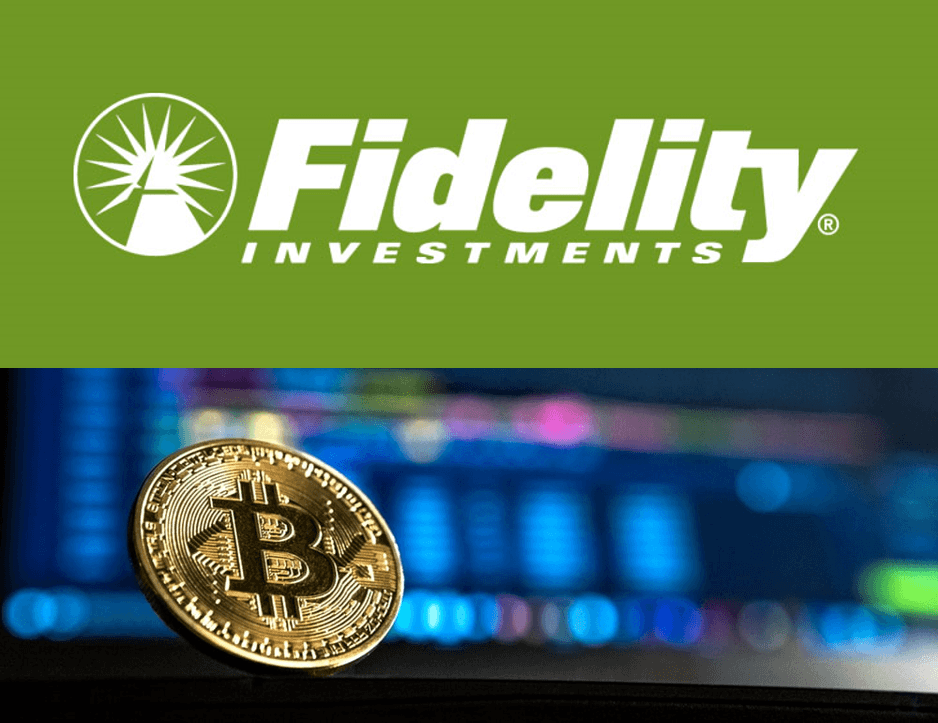Understanding the economic model of blockchain games

Mobile as a gaming platform has dominated the gaming industry. Nearly 50% of mobile app users play games. It is expected that by 2021, mobile games revenue will grow to 100 billion dollars. Today mobile game developers pay a commission of 30% for any lead from the app store (paid app) or in-game transactions.
In comparison, the blockchain games and collectibles are a niche market with a unique economic model. Blockchain game developers monetize their in-game assets in pre-sales / crowd sale and post-game launch, collect a small proportion of fees or royalties from each digital asset transaction. Such a mechanism provides game developers with a better ability to monetize their creations properly.
For example, MyCryptoHeroes, pre-sale on Sept 21, 2018. During the first ten days of the pre-sale period, the game recorded 694 ETH (about USD $160,000) in transactions revenue.
Another problem with classic games is that their game assets are not freely transferrable and secure. Players could lose years of hard work put to earn rare assets in these centralized game systems either from account hack or canceled game, centralized decisions, etc.
In contrast, Blockchain provides security to the player’s digital assets, tamper-proof ownership records, and enables cross-game asset utility. Additionally, it provides an option for players to monetize their earned assets or possesions in the secondary market.
Collectibles commonly use the ERC-721 standard which has similar parameters to ERC-20, so that information about the collectibles (or digital assets) can still be stored on the same blockchain.
The key difference is, ERC-721 allows tracking ownership record of each unique asset and allows transfer of digital assets to another user.
The catalyst of blockchain games – ‘CryptoKitties’
The most prominent catalyst for the digital asset collectible in blockchain was Cryptokitties. Launched in 2017 on the ETH network, the entire scope of gameplay surrounded around collecting, breeding, and auctioning kitties. It created a new economic model for players where new game assets are created and sold to other players just like a regular cryptocurrency.
The most expensive CryptoKitties asset ever sold was for over $118,000. As a result, many swamped to the game to breed and sell virtual cats. The popularity reached to a point that the Ethereum network slowed down massively due to transaction overload.

CryptoKitties is one of the key contributors to the success of the blockchain gaming and collectible. CryptoKitties is now a larger part of “KittyVerse”, an extended realm of CryptoKitties comprising of game developers. This community has developed several games such as ‘Kitty race’ that utilize the ERC-721 kitties. It demonstrates a core feature of blockchain “Interoperability” allowing game assets to be utilized in other applications, creating further development avenues and ecosystem growth.
Closing remarks:
Blockchain gaming has just come into existence and beginning to display signs of future potential. Adoption of blockchain could reshape the gaming ecosystem such as cross-game assets transfer and asset monetization options for players.



